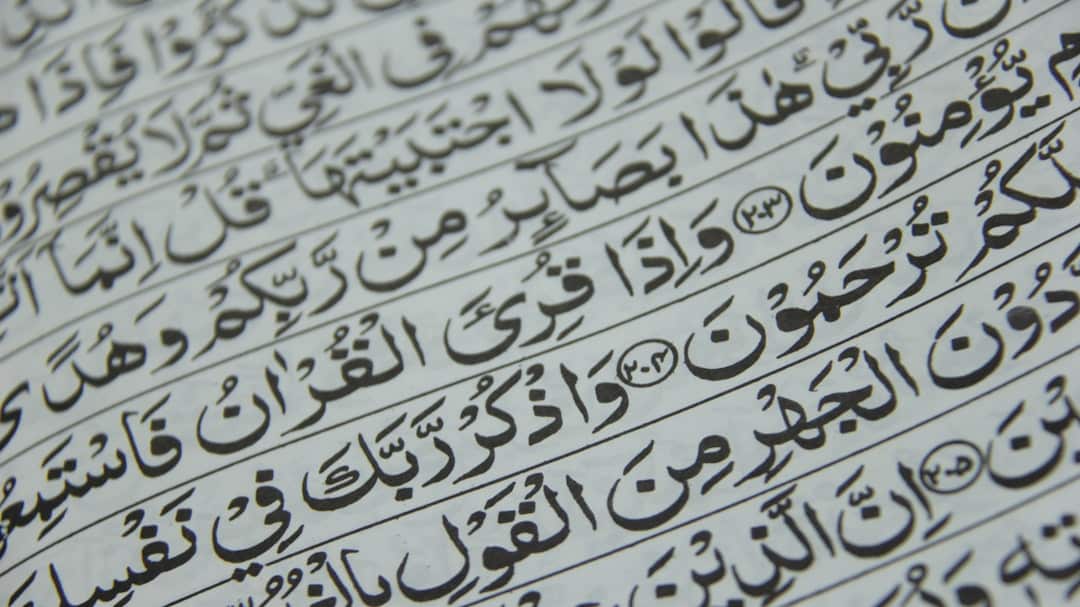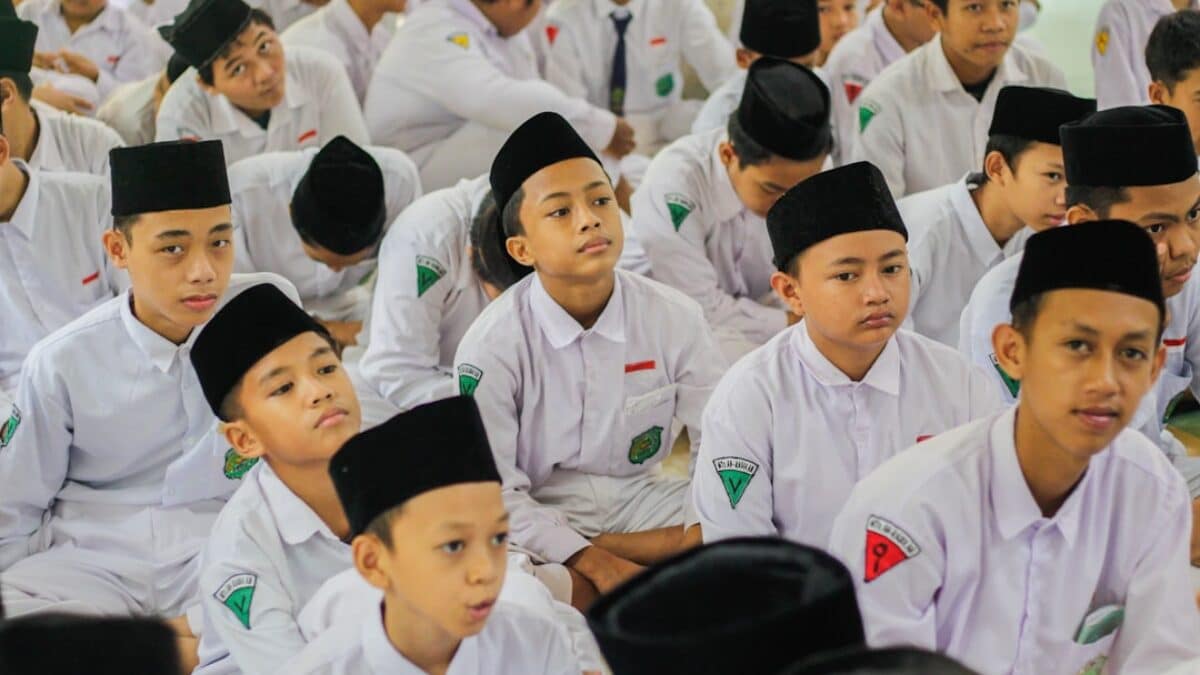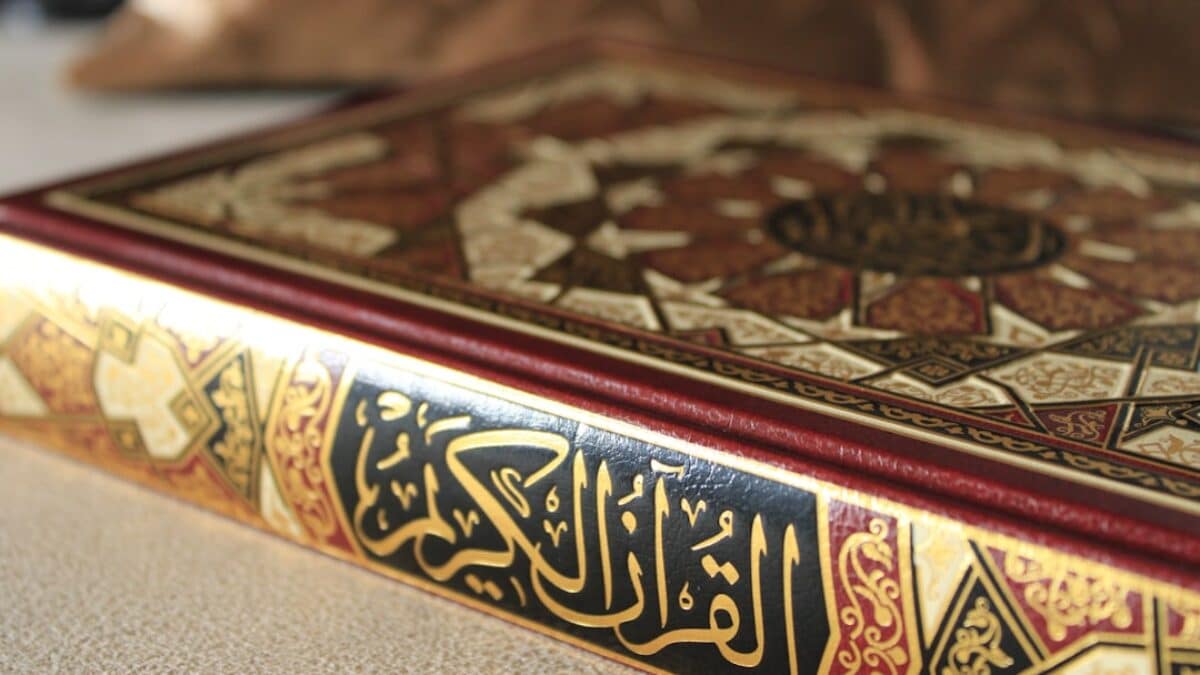Every new Muslim faces the same exhilarating-yet-daunting moment: opening the Qur’an for the first time and realizing that its original Arabic is still beyond reach. A clear, modern translation in plain English can be the bridge between curiosity and connection, between ritual recitation and genuine understanding. Choosing a translation that is both faithful to the original and accessible to the contemporary reader is therefore one of the most consequential decisions a new Muslim makes.
Understanding the Need for a Clear Quran Translation
The Language Barrier Facing New Muslims
Statistically, over 80 % of reverts to Islam in English-speaking countries do not speak Arabic when they first take their shahādah. They rely almost entirely on translations to grasp the meaning of what they recite in prayers. Without an easy-to-understand text, the Qur’an can feel like a locked treasure chest—beautiful on the outside, unreachable within.
Historical Context of English Qur’an Translations
Early English renderings—such as those by George Sale (1734) or John Rodwell (1861)—were often colored by polemics or Victorian diction. Even the widely circulated Yusuf Ali (1934) and Pickthall (1930) texts retain archaic words like ye, thou, and verily that obscure the message for 21st-century ears. Modern projects such as Saheeh International (1997), The Clear Quran (2015), and Abdel Haleem (2004) have responded with simplified vocabulary and clearer sentence structures.
Defining “Clear” in the Context of Scripture
In Qur’anic terminology, bayyin (clear evidence) is a recurring concept. A “clear” translation therefore must:
- Preserve the original meaning without adding or subtracting.
- Use everyday English that a 12-year-old can read.
- Contextualize archaic references (e.g., “she-camel of Allah”) in endnotes rather than in the body.
- Respect theological boundaries (tawḥīd, risālah, ākhirah) without dumbing them down.
Key Components of a Clear Quran Translation
Linguistic Simplicity vs. Depth of Meaning
Simple English does not have to mean simplistic theology. Compare two renderings of Sūrah al-ʿAṣr (103:3):
| Version | Verse 3 | Readability Grade* |
|---|---|---|
| Pickthall 1930 | Save those who believe and do good works, and exhort one another to truth and exhort one another to endurance. | 8.2 |
| Clear Quran 2015 | Except those who believe, do good, urge each other to the truth, and urge each other to patience. | 5.4 |
*Flesch-Kincaid Grade Level; lower = easier.
Formatting and Layout Aids
Modern clear translations incorporate:
- Paragraph breaks aligned with thematic shifts instead of traditional verse-by-verse blocks.
- Inline subject headings (e.g., “Parable of the Spider”) to orient the reader.
- Color-coded themes in premium print editions (blue for mercy, red for warnings).
- Footnotes, not endnotes, to remove page-flipping fatigue.
- Arabic alongside transliteration for key duʿās or names of Allah.
Commentary vs. Naked Translation
A “clear” translation should not morph into a full-blown tafsīr. The sweet spot is micro-explanations: one- or two-line glosses in the margin that clarify:
- Who “We” refers to when Allah uses the majestic plural.
- That taqwā combines “mindfulness of Allah” and “protective caution” in one word.
- Why the Night Journey is introduced suddenly in Sūrah al-Isrāʾ without backstory.
Benefits and Importance for New Muslims
Accelerated Spiritual Connection
When the words on the page immediately resonate, the heart follows. Sister Aisha from Toronto recounts: “The first time I read ‘My mercy embraces all things’ in simple English, I cried. I didn’t need a scholar to tell me Allah loves me; the text spoke straight to my pain.”
Confidence in Personal Study
Clear translations reduce dependence on third-party summaries. A 2025 survey by Yaqeen Institute found that new Muslims using grade-6 readability texts were 47 % more likely to continue daily Qur’an reading after six months than those relying on older, high-register texts.
Improved Salah Focus
Understanding even 30 % of what is recited in prayer drastically reduces autopilot syndrome. Br. Mehdi shares: “I printed the clear English of al-Fātiḥah and taped it inside my bedside Qur’an stand. Two weeks later I wasn’t just mouthing sounds—I was talking to Allah.”
Practical Applications
How to Choose Your First Clear Translation
Step-by-step checklist:
- Check the translator’s credentials: formal Arabic training, ijāzah chain, and peer reviews.
- Read a random page aloud. If you stumble over archaic words, move on.
- Verify the publisher: respected houses such as Darussalam, Kube, or Turath maintain quality control.
- Look for a free PDF sampler online; most authors allow the first juzʾ to be downloaded.
- Ask your local imam or revert coordinator which edition is used in beginner circles.
Integrating the Translation into Daily Life
Morning Routine
- Set a 5-minute timer after Fajr to read just 10 verses with the English side-by-side.
- Use a journaling Qur’an: write one takeaway in the margin each day.
Weekend Deep Dives
- Pick a makki (Meccan) sūrah—short, poetic, and heavy on creed—to strengthen theology.
- Listen to a recitation audio while following the English; the brain links sound to meaning.
Group Study Best Practices
- Rotate the reader each week; the listener often notices clarity issues the reader misses.
- Keep a “question box” index card set. After halaqa, submit unresolved questions to a qualified teacher.
Digital Tools and Apps Featuring Clear Translations
| App | Translation(s) | Unique Feature | Offline Mode |
|---|---|---|---|
| Quran.com | Clear Quran, Saheeh Int’l | Parallel Arabic + transliteration | Yes |
| Ayah | Abdel Haleem, Mustafa Khattab | Word-by-word grammar tap | Limited |
| Muslim Pro | Clear Quran, others | Audio recitation synced to text | Yes |
Frequently Asked Questions
Is a Clear Translation Sufficient for Serious Study?
A clear translation is the first rung on the ladder, not the entire ladder. Once you can follow the flow of verses, begin layering in a concise tafsīr (e.g., Ibn Kathīr abridged) and basic Arabic vocabulary. Think of it as training wheels: essential in the beginning, removable once balance is achieved.
How Do I Know the Translator Hasn’t Misrepresented the Text?
Cross-check contentious verses with at least three reliable English versions. For example, compare 4:34 translations of the word wa-ḍribūhunna. If one rendering drifts far from the consensus, research further. Additionally, check endorsements from bodies like the Islamic Society of North America (ISNA) or Al-Azhar’s English review committees.
Should I Read Cover-to-Cover or Follow a Topic-Based Plan?
Cover-to-cover is spiritually rewarding but can feel overwhelming. A hybrid plan works best:
- Week 1–4: Read the last juzʾ (30) daily—short, familiar chapters that build confidence.
- Month 2: Select thematic sūrahs (e.g., mercy, prophethood, afterlife) using a topical index.
- Month 3: Commit to reading the Qur’an chronologically from al-Baqarah onward.
Can I Memorize in English Instead of Arabic?
Memorization in English is not a substitute for ḥifẓ in Arabic. However, memorizing key duʿās and āyāt in clear English helps internalize meaning, making later Arabic memorization smoother. Think of it as scaffolding around the original edifice.
Which Print Edition Is Easiest on the Eyes?
Look for:
- 14-point font or larger
- High-opacity cream paper to reduce glare
- Wide inner margin for notes
- Hardcover lays flat when open
The Clear Quran Large Print (2019) and the Pen&Ink Easy-Read series consistently receive high marks from optometrists at Muslim conventions.
How Do I Handle Parentheses and Brackets in Translations?
Brackets usually indicate:
- (…) Translator-added words for flow (optional).
- […] Explanatory insertions or alternative interpretations.
Read the verse once without the bracketed text; if the sentence is still coherent, the addition is merely explanatory. If meaning collapses, the bracketed words are essential.
Conclusion
Choosing a clear Quran translation in easy-to-understand English is not a mere convenience—it is often the decisive factor that transforms the Qur’an from a sacred recitation into a living conversation with Allah. By prioritizing linguistic simplicity, sound scholarship, and reader-friendly formatting, new Muslims can shorten the distance between reciting and reflecting. Whether you begin with one verse a day or a thematic deep dive, the key is to start. As the Qur’an itself promises, “We have certainly made the Qur’an easy to remember, so is there anyone who will be mindful?” (54:17). Let your clear translation be the first step on that path of mindfulness, and may every page turn draw you closer to the Source of all clarity.
























Post Comment